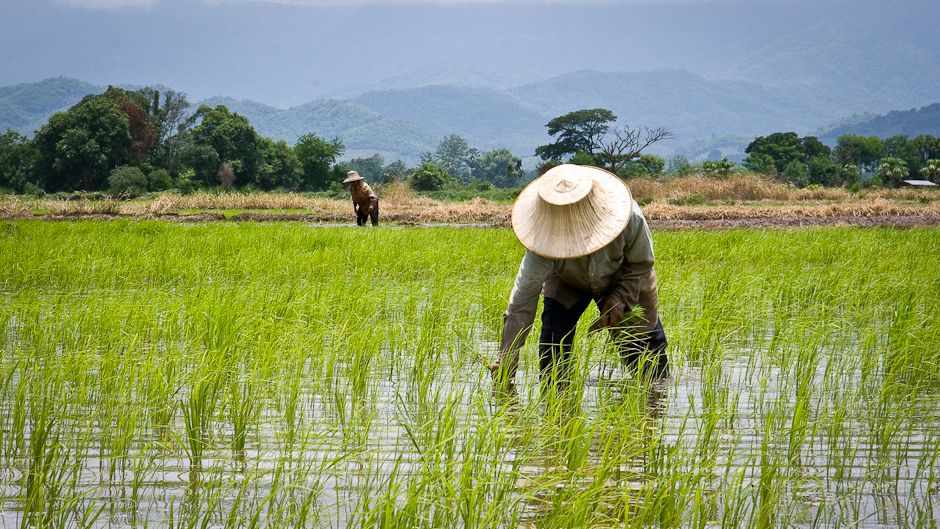- This topic is empty.
- AuthorPosts
- January 21, 2025 at 11:13 pm #542982

Rice, botanically known as Oryza sativa species, or Asian rice, is a starchy grain that has been a major staple food for many cultures and countries.
Below are the guides to proper rice farming business for higher profits;
1. The Best Soil for Rice Farming:
Before rice can be propagated one needs to work on the topography of the soil, Soil level, pH level etc.
However, the best site to cultivate rice should be an humid environment with about 2-3 centimeter in-depth in other to grow well and to increase production.
Most experience farmers often use the flooded plains and waterlogged soil along rivers, known as rice paddies, to plant and cultivate rice.
2. Rice Propagation Method:
Rice can be propagated through seed broadcast or stolon which is transferred from the nursery plants to the permanent site.
However, most famers prefer nursery planting before they are being transferred to the permanent site.
3. Different Varieties of Rice:
There are different varieties currently available:
• Long-grain rice: The long and thin grain that becomes light and fluffy when cooked.
• Medium-grain rice: The grain is only somewhat longer than it is wide and becomes moist, tender, and chewy when cooked.
• Short-grain rice: The grain are short, stocky and sticks together or clump when parboiled.
• Glutinous rice: Glutinous rice is a sticky rice or sweet rice, it’s a good variety of short-grain often used in desserts.
• Aromatic rice: Aromatic rice has a similar fragrance like jasmine rice or basmati rice.
• Arborio rice: Arborio rice becomes creamy when parboiled while they are medium-grain rice.
4. Soil and Water Requirements:
Rice requires a flooded environment or artificial application of water to increase production rate and grow well.
- AuthorPosts
- You must be logged in to reply to this topic.

